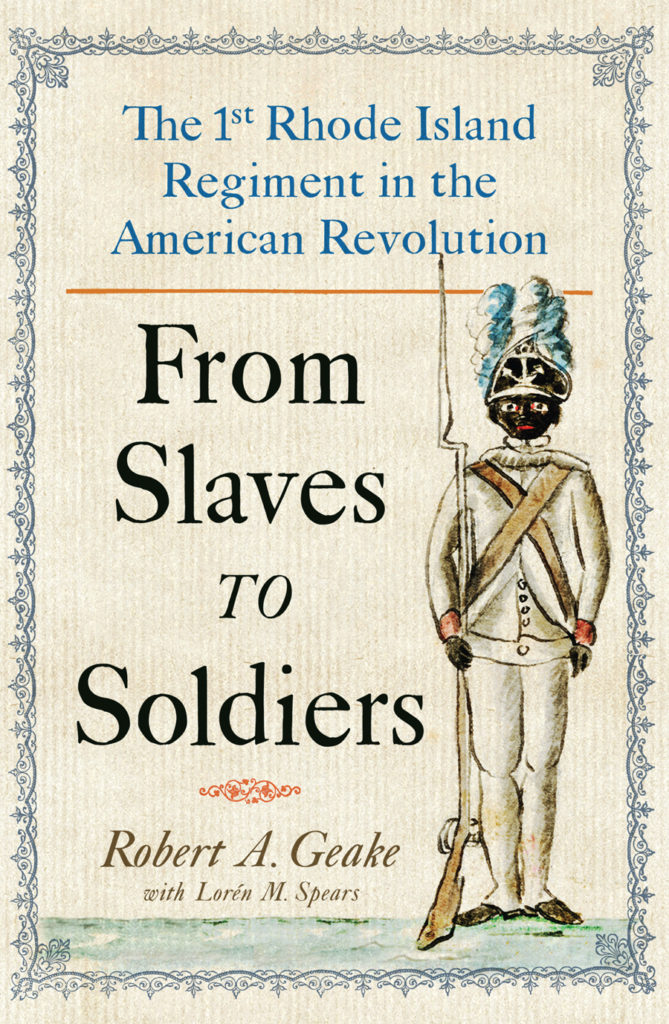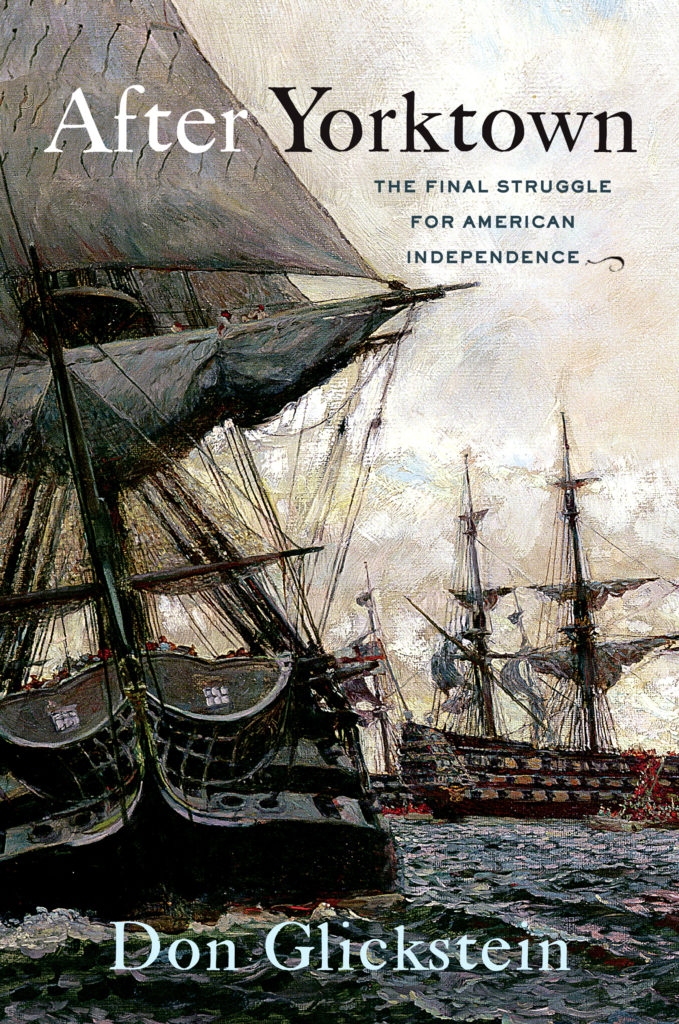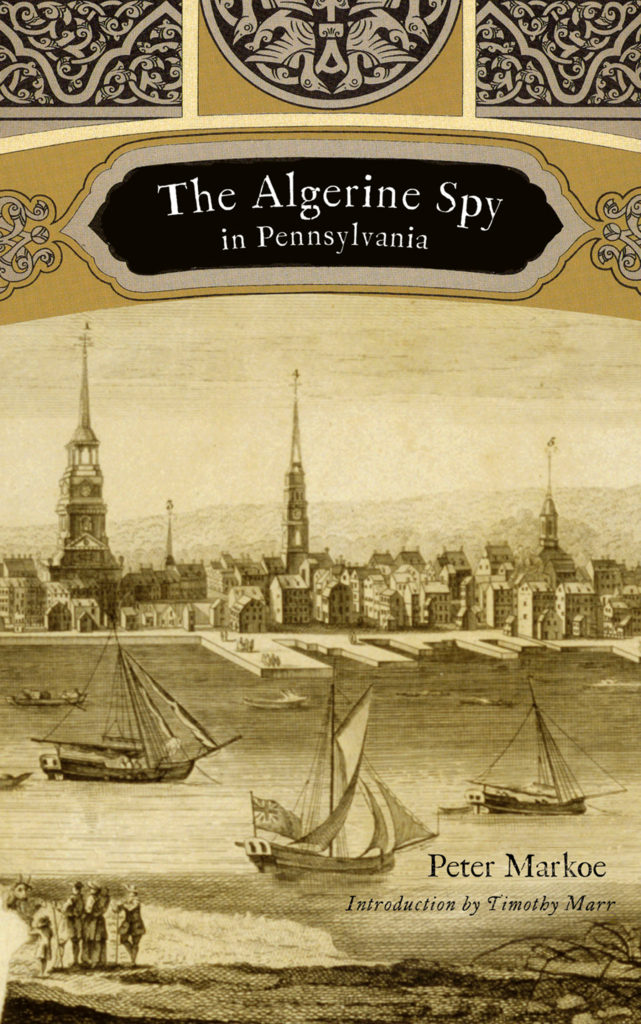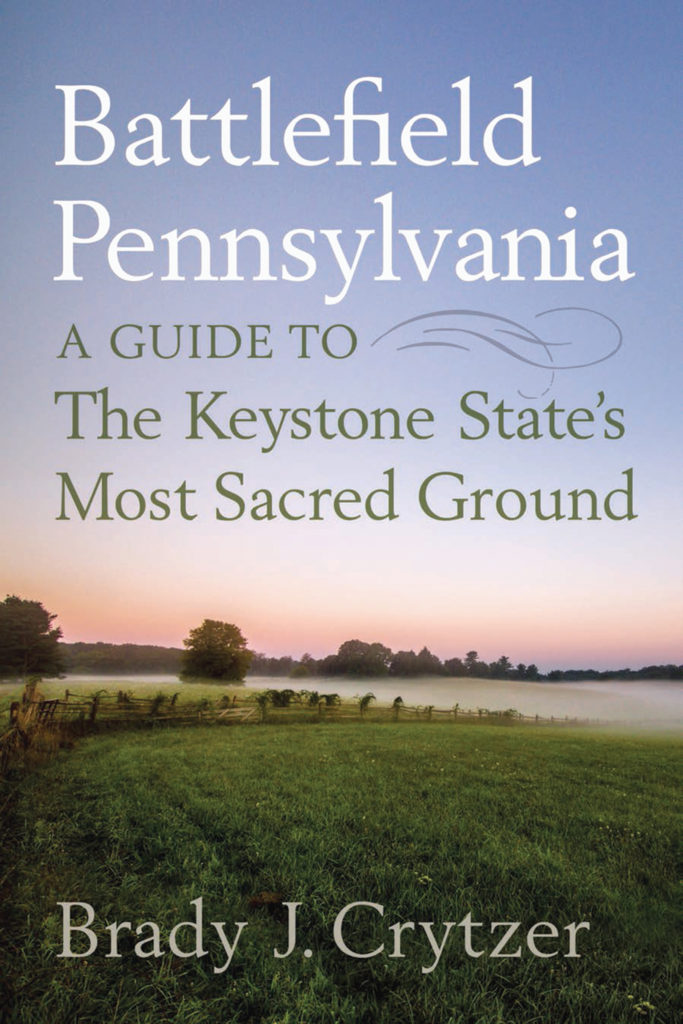About This Book
Known as the “Black” Regiment, the Story of the First Continental Army Unit Composed of African American and Native American Enlisted Men
In December 1777, the Continental army was encamped at Valley Forge and faced weeks of cold and hunger, as well as the prospect of many troops leaving as their terms expired in the coming months. If the winter were especially cruel, large numbers of soldiers would face death or contemplate desertion. Plans were made to enlist more men, but as the states struggled to fill quotas for enlistment, Rhode Island general James Mitchell Varnum proposed the historic plan that a regiment of slaves might be recruited from his own state, the smallest in the union, but holding the largest population of slaves in New England. The commander-in-chief’s approval of the plan would set in motion the forming of the 1st Rhode Island Regiment. The “black regiment,” as it came to be known, was composed of indentured servants, Narragansett Indians, and former slaves. This was not without controversy. While some in the Rhode Island Assembly and in other states railed that enlisting slaves would give the enemy the impression that not enough white men could be raised to fight the British, owners of large estates gladly offered their slaves and servants, both black and white, in lieu of a son or family member enlisting. The regiment fought with distinction at the battle of Rhode Island, and once joined with the 2nd Rhode Island before the siege of Yorktown in 1781, it became the first integrated battalion in the nation’s history.
In From Slaves to Soldiers: The 1st Rhode Island Regiment in the American Revolution, historian Robert A. Geake with Lorén M. Spears tells the important story of the “black regiment” from the causes that led to its formation, its acts of heroism and misfortune, as well as the legacy left by those men who enlisted to earn their freedom.

Robert A. Geake is a Rhode Island historian and the author of eight books relating to Rhode Island and New England history. A vice-president of the Cocumscussoc Association of Smith’s Castle Historic House and Cultural Center, he also serves on the board of the Warwick Historical Society.
Lorén M. Spears, Narragansett, is the Executive Director of the Tomaquag Museum. She has received a variety of awards, including the Rhode Island Council of the Humanities’ Tom Roberts Prize for Creative Achievement in the Humanities.
Praise for From Slaves to Soldiers:
“This book extends our understanding of the First Regiment by tracing the lives of some of the long-suffering veterans who survived the war. Three appendices list whites, blacks, and indigenous Rhode Islanders who fought in the war along with a list of slaves who fled to the British and survived to be evacuated by the British ships carrying them from New York to Halifax, Nova Scotia, in 1783.”—Gary Nash, British Journal of Military History
“The book is not a purely military history, but all of the main engagements are covered. . . . The strongest part, and most original contribution, is its following up on the postwar lives of the soldiers as they tried to build their lives as freemen. The former slaves were not given any land to farm or other assistance. Many had to take temporary manual labor jobs to survive.”—Small State, Big History





